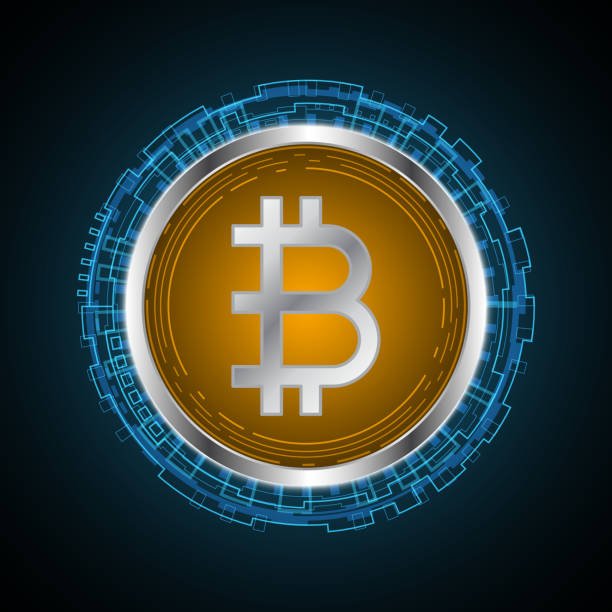What is a NFT and How Does it Work?
The notion of a cryptocurrency token has been around for quite some time. However, the popularity of cryptocurrencies has only increased in the past few years. As a result, so has the demand for such tokens. Most commonly, these tokens are associated with Initial Coin Offerings (ICOs). However, there are other applications for these tokens as well. Most notably, blockchain technology. In this article, we will be talking about non-fungible tokens. In case you’re wondering, a non-fungible token (NFT) is a type of digital token that represents ownership of non-fungible assets. An asset, in this case, is anything that can be owned or controlled. It could be a digital file, a smart contract, or even a digital token. NFTs are a way to represent unique digital assets. That is to say, they cannot be replicated. Therefore, they are a great way to represent unique items in a digital world. They can also be used to create a live game or app where users can trade their digital assets with one another. Because of their unique nature, they have become very popular in the gaming industry. In this article, we will be discussing:
STAND A CHANCE TO WIN 1000$
https://rushingfolder.com/show.php?l=0&u=594891&id=36877&tracking_id=
How Does a NFT Work?
NFTs work by assigning a unique ID to each asset and storing that data on the blockchain. Each token is then linked to its corresponding information. This means that when a user trades one token for another, their ID remains unchanged. As a result, it’s easy to track the ownership of an NFT.
Why Create a NFT?
The first question that you might have when it comes to NFTs is, “Why create a non-fungible token?” Non-fungible tokens are so popular because they offer some of the same benefits as traditional fiat currencies. For one, they provide a way to securely trade digital assets with one another. This is especially important in the gaming industry where people can buy and sell their digital assets. Non-fungible tokens also solve the problem of counterfeit goods. For example, if you were going to buy an eBay item and it turns out that it’s fake, you would be out your money. On the other hand, if you were buying an NFT on eBay, then the seller would be required to verify that the asset is original before delivering it to you. The seller would also be required to verify that they own the asset before selling it to you.
Example of a NFT in Action
In the case of gaming, a non-fungible token could represent something like an in-game currency. That is to say, they can be used as a medium or unit of exchange in place of a tangible currency. This helps simplify the process of paying for digital goods and services. In other words, instead of saying “a dollar” or “a dollar bill”, users can reference the token by name. This would help avoid confusion for those new to the digital world.
There are many different types of NFTs that are currently in use on various platforms. Some examples include:
Benefits of using NFTs
NFTs, on their own, offer many benefits. But when used in conjunction with blockchain technology, the benefits are even more profound. For one thing, NFTs are a good way to create a digital collectable. This means that users can trade these assets within the confines of your game and not have to worry about fraud or scamming. This is because all transactions are recorded on the blockchain ledger and cannot be altered without detection.
Drawbacks of using NFTs
-NFTs have limited uses. That is to say, with conventional NFTs, you are also limited by the fact that they represent only one type of asset. For example, if you’re using an NFT to represent a digital file, then you can only use it as a representation of that file. In other words, the object in question cannot be used for anything else because it is tied to that token.
-The format of non-fungible tokens does not allow for easy transferability and thus limits their uses. It can be very difficult for someone to buy or sell their digital assets with this type of token. In order to do so, you would need a third party such as an exchange service. And even then, there is no guarantee that the transaction would work out successfully or smoothly because the trading process is not straightforward with these types of tokens.
-NFTs are not compatible with some platforms and devices
With many different types of devices and platforms in existence today, there are various compatibility concerns to take into account when developing an NFT token. The most prevalent devices today include smartphones and desktop computers but they also include things like watches and watches or other wearables which may exist in the future but currently do not exist on the market yet. These types of tokens are not compatible with these types of devices and as a result cannot be transferred from one device to another without being converted first (assuming both devices have internet access
Conclusion
NFTs present a new way of thinking about digital products, and the benefits and drawbacks of them are still being debated. There are lots of new arguments for and against NFTs, but in the end, it’s up to you to decide if this new technology is worth the risk.
